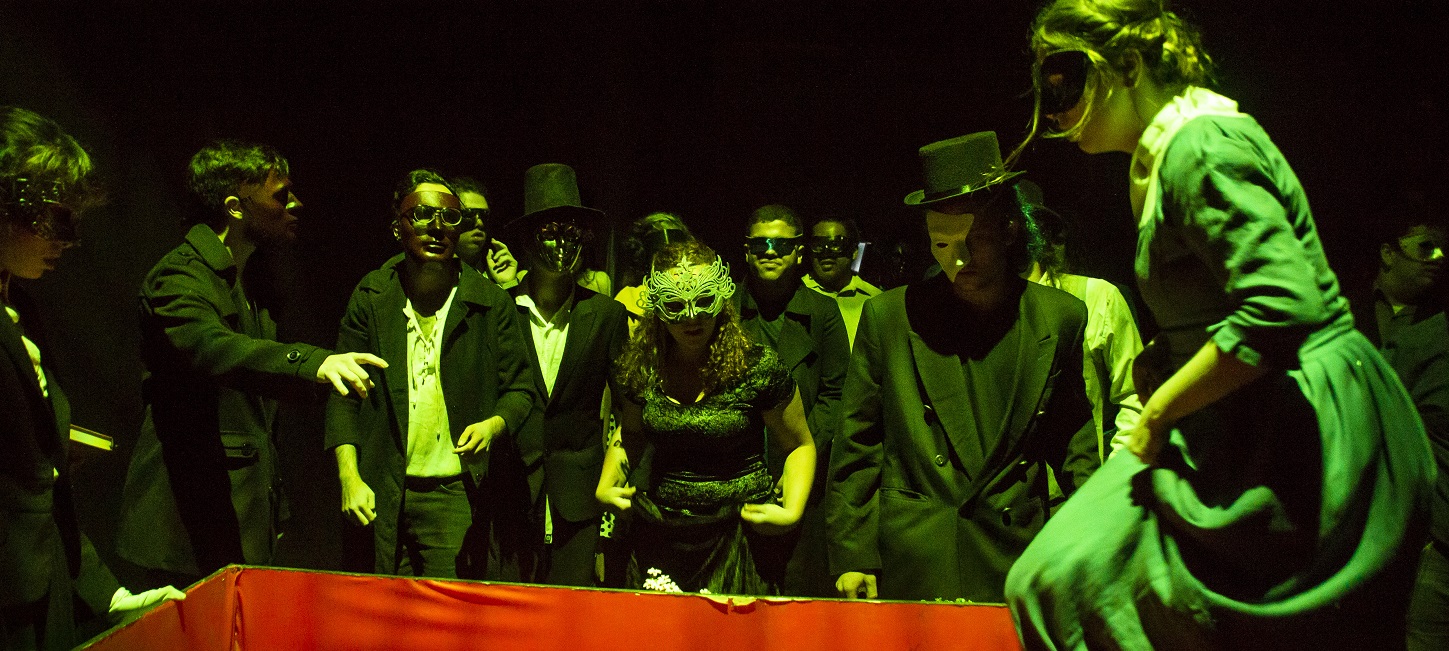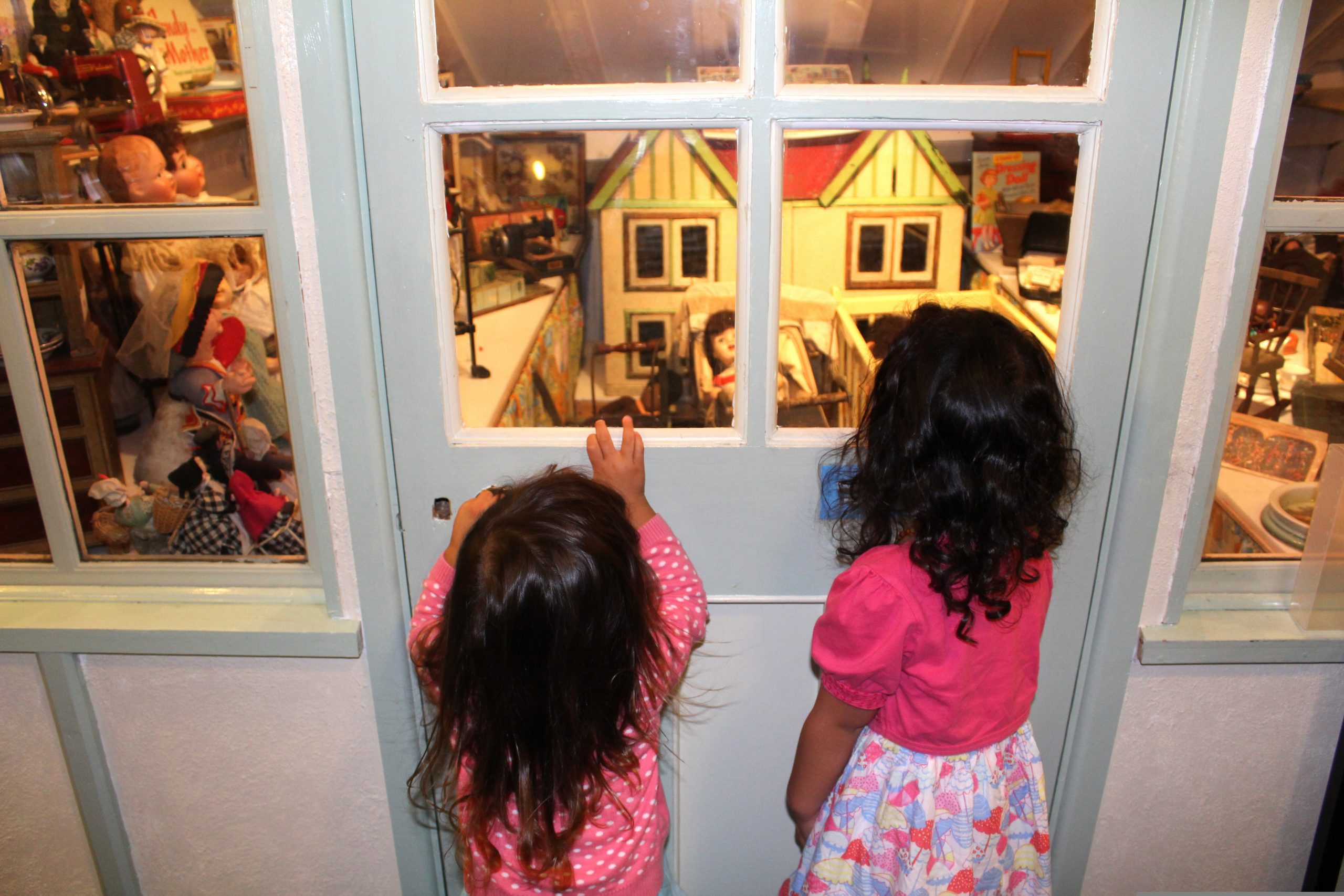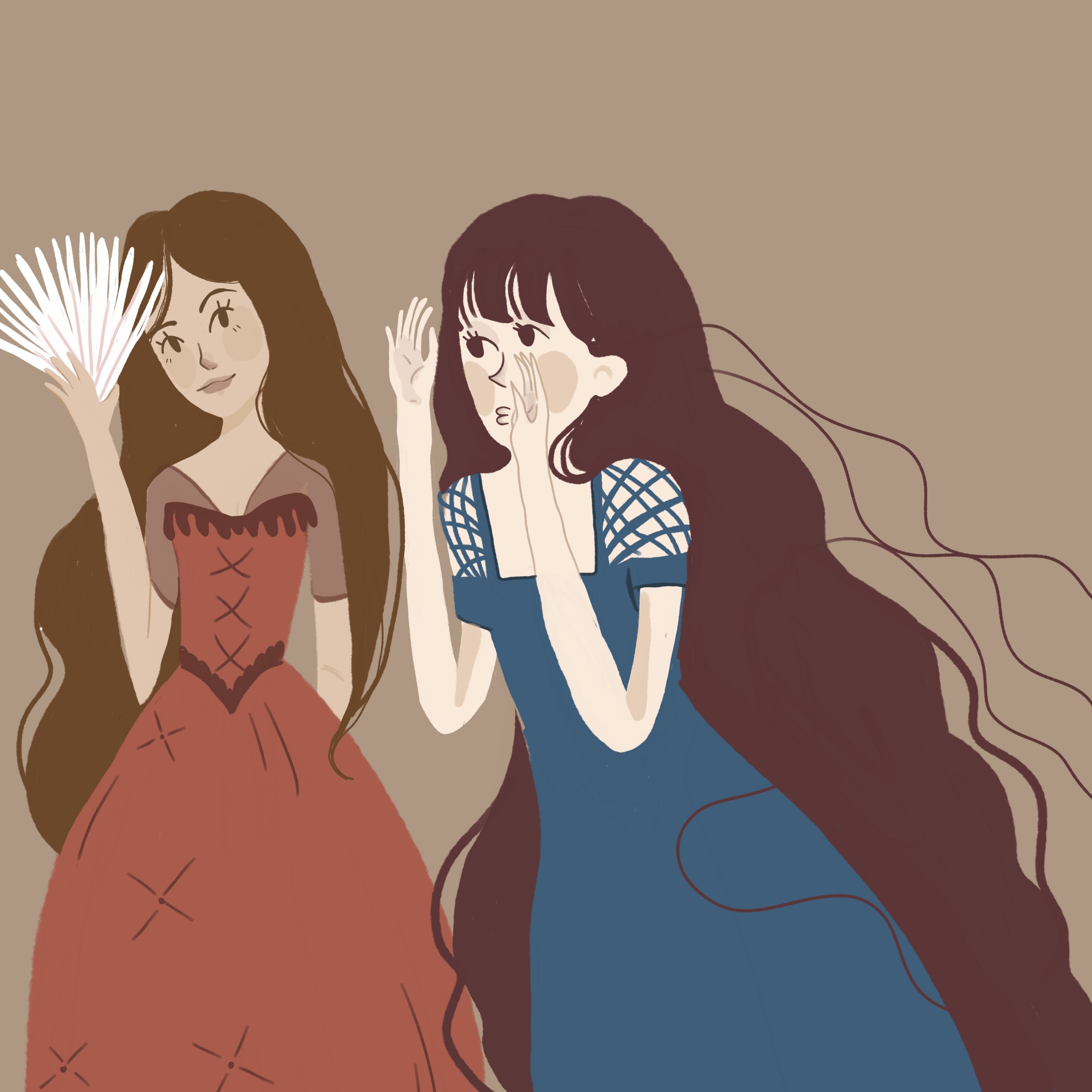Category: Opinion
Disclaimer: The opinions expressed in these texts are those of the authors and do not necessarily reflect the official policy or position of Nordiclarp.org or any larp community at large.
-

Naked at Nordic Larp
in
All bodies are suited to being naked in larps, no matter how close or far they are to living up to societal beauty standards.
-

In the Limits Below the Line – An Interview with Brazilian Larpers
in
A discussion on in-game and off-game limitations with a diverse group of larpers, players, and designers from different regions in Brazil.
-

Tears in the Rain
in
We should care about documenting our larps: and we should find a way to not only preserve that history, but to make it publicly available.
-

Words of Advice from an Old Witch to Aging Larpers
in
As we grow older as larpers, do we have to end up as a petrified version of our younger self? Inge-Mette Petersen with some wise advice.
-

Experience vs. Imagination – Effects of Player Age
in
It is often stated that imagination is the limit – that anyone can play any role – but is that the reality?
-

Challenging the Popularized Narrative of History
in
The popular version of history will always be tempting for larp designers to draw upon – but it brings a load of cultural baggage and assumptions.
-

History is Our Playground – On Playing with People’s Lives
in
How can we treat the lives of people who lived and died centuries ago with respect? How much context should we expect the players to study in order to respectfully portray lives of people in the past? In what detail should we communicate the changes we make for artistic or playability purposes?
-

Possible, Impossible Larp Critique
in
We have not developed similar institutions of critique as exist in the world of passive art. The larp community seems to rely on hearsay, impressions and publicity materials.
-

This Larp Sucked – and Everyone Should Get to Read About It
in
Larp needs more player feedback – and it doesn’t need to be art critique.
